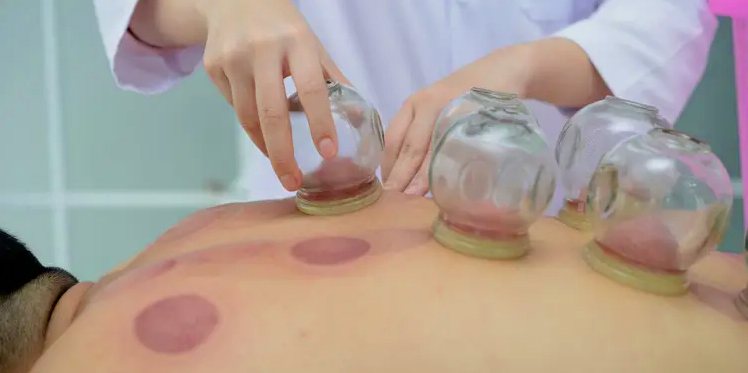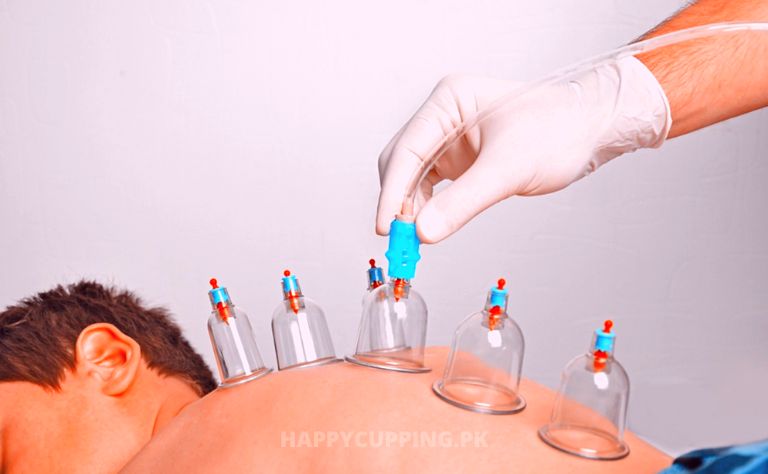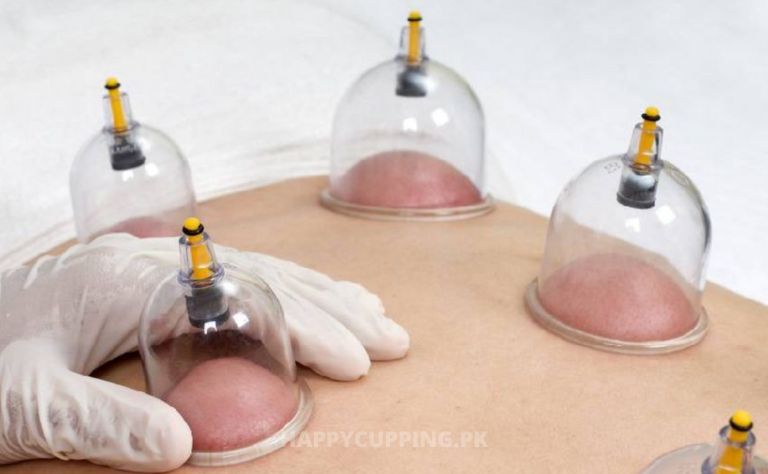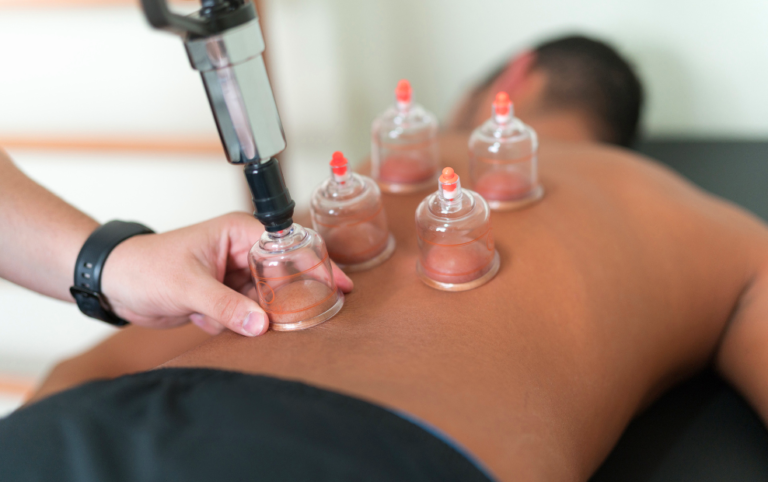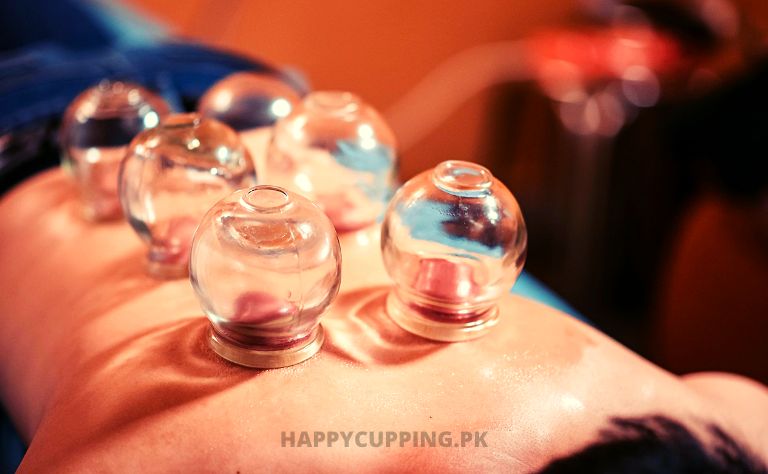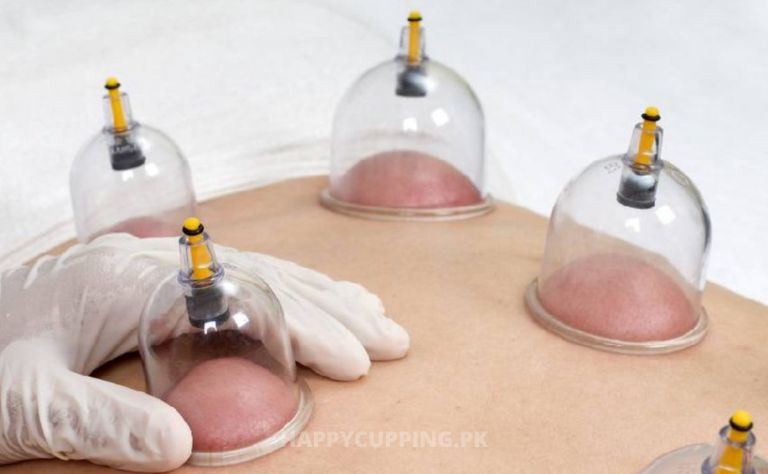Hijama is the Islamic practice of cupping therapy and has been practiced for over 1400 years. Hijama in Islam is a safe, natural and drug-free method of healing that is endorsed by the Prophet Muhammad (peace be upon him).
Hijama In Islam
Cupping therapy involves placing special cups on the skin to create suction. This suction helps to improve blood circulation and promote healing. Cupping therapy is believed to be beneficial for a wide range of health conditions, including pain relief, respiratory problems, digestive disorders and anxiety.
If you are interested in trying cupping therapy, it is important to find a qualified practitioner who has experience in performing the procedure. Cupping therapy should not be performed on broken skin or on areas of the body where there is a varicose vein. If you have any questions about cupping therapy, please consult Happy Cupping at 0336 5499 386 or or Request Call back by clicking here
What is hijama and what are its benefits according to Islamic teachings
Hijama is a form of traditional medicine that has been practiced for centuries in Muslim cultures. It involves the use of cupping therapy, which is said to help improve blood circulation and promote healing. There are many benefits of hijama according to Islamic teachings, including its ability to detoxify the body, improve overall health, and treat various illnesses and conditions. Hijama is also said to have spiritual benefits, such as helping to purify the soul and increasing one’s faith.
While there is no scientific evidence to support the claims made about hijama, many Muslims believe in its efficacy and continue to practice it as part of their faith. If you are considering undergoing hijama therapy, be sure to consult with a qualified practitioner to ensure that it is performed safely and correctly.
The history of hijama and how it has been used for centuries
Hijama is a form of traditional medicine that has been practiced for centuries in Muslim cultures. It involves the use of cupping therapy, which is said to help improve blood circulation and promote healing.
The origins of hijama are unclear, but it is believed to have originated in China or Egypt. In traditional Chinese medicine, cupping therapy was used to treat a variety of ailments. The Egyptians also used cupping therapy as a form of treatment, as well as for other purposes such as bloodletting.
Hijama eventually spread to other parts of the world, including Southeast Asia, Africa, and the Middle East. In the Muslim world, hijama became known as “sunnah therapy” due to its endorsement by the Prophet Muhammad.
During the Ottoman Empire, hijama was practiced in royal palaces and hospitals. In the modern day, hijama is still practiced by many Muslims as part of their faith. While there is no scientific evidence to support the claims made about hijama, many believe in its efficacy and continue to use it for its purported health benefits.
How to perform hijama correctly according to Islamic teachings
There are certain rules and guidelines that must be followed when performing hijama, according to Islamic teachings. These include:
- Only qualified practitioners should perform hijama.
- The person receiving hijama should be clean and have performed ablution (ritual washing).
- The area of the body to be cupped should be free of hair, makeup, and oils.
- The cups should be made of glass or earthenware and should be clean.
- The practitioner should recite the proper prayers before and during the procedure.
If you are considering undergoing hijama therapy, be sure to consult with a qualified practitioner to ensure that it is performed safely and correctly.
The different types of hijama and their benefits
There are two main types of hijama: dry cupping and wet cupping.
Dry cupping is the most common type of hijama and involves placing cups on the skin without puncturing it. This type of hijama is said to help improve blood circulation and promote healing.
Wet cupping is a more invasive form of hijama that involves making small incisions in the skin before placing the cups. Wet cupping is said to be more effective than dry cupping, as it helps to release toxins from the body. It is also said to have other benefits, such as improving overall health and treating various illnesses and conditions.
If you are considering undergoing hijama therapy, be sure to consult with a qualified practitioner to ensure that it is performed safely and correctly.
What are the side effects of hijama and how can they be avoided
The most common side effect of hijama in Islam is bruising. This is usually temporary and will resolve on its own within a few days. Other potential side effects include:
- – Skin infections
- – Allergic reactions
- – Scarring
- – Pain
- – Bleeding
To avoid these side effects, it is important to consult with a qualified practitioner and make sure that the procedure is performed safely and correctly.
Who should not undergo hijama and why
Hijama in Islam should not be performed on people who are pregnant, have bleeding disorders, or are taking blood thinners. It is also not recommended for people who have open wounds or skin infections. If you are considering undergoing hijama therapy, be sure to consult with a qualified practitioner to ensure that it is safe for you to do so.

